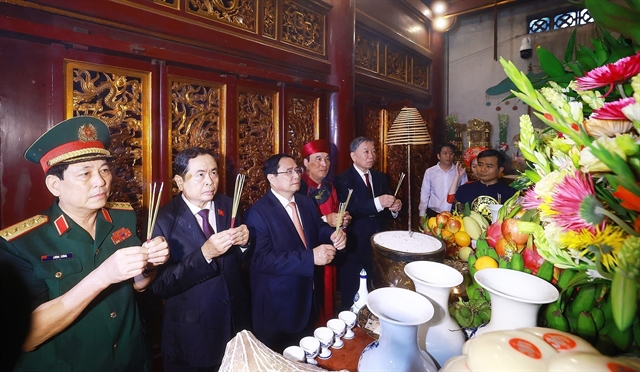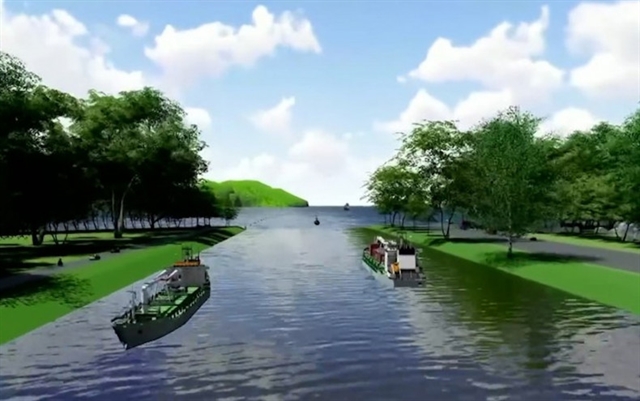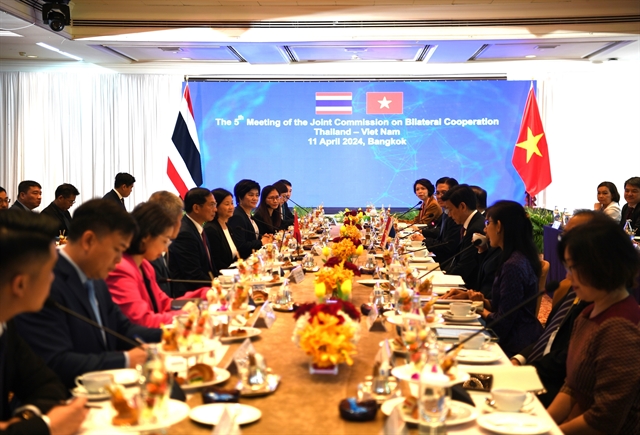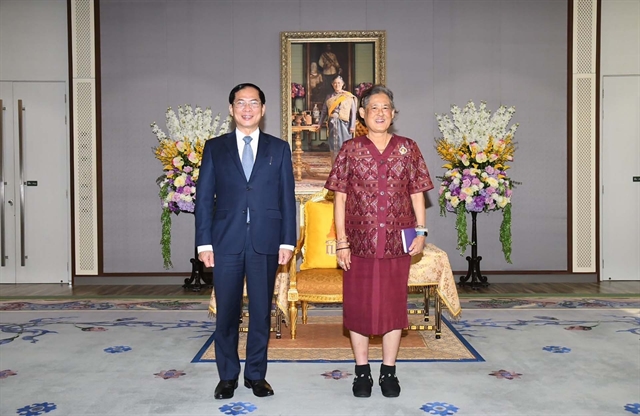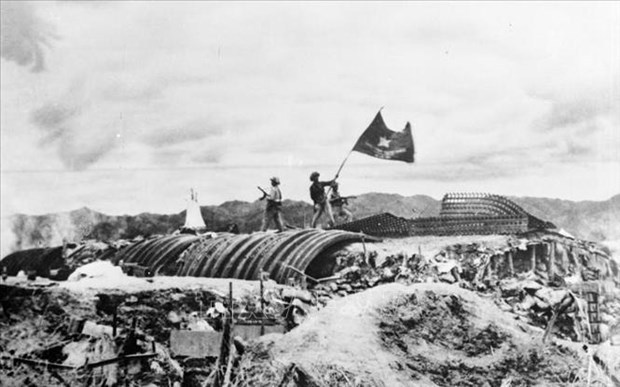 Opinion
Opinion

Trần Tuấn Anh, Minister of Industry and Trade talks to the newspaper Hải Quan (Customs) on how to make the best use of free-trade agreements that the nation has signed.
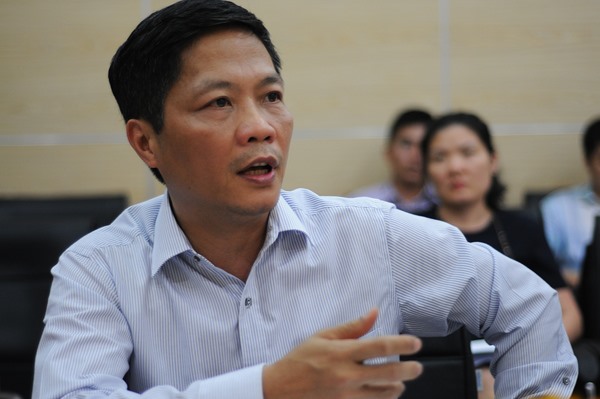 |
| Trần Tuấn Anh. — Photo baohaiquan.vn |
Trần Tuấn Anh, Minister of Industry and Trade talks to the newspaper Hải Quan (Customs) on how to make the best use of free-trade agreements that have been signed
Can you describe some of the major impacts of the free-trade agreements on the country’s trade balance?
One of Việt Nam’s top priorities in signing and implementing free-trade agreements (FTAs) is to facilitate conditions for investment and production activities and to contribute to promoting economic growth.
By now, we have signed many agreements, including bilateral and multilateral agreements, with many nations. They include five FTAs within ASEAN, and six others with partners, including China, South Korea, Japan, India, Australia and New Zealand; plus four bilateral FTAs, including the Việt Nam-Japan Agreement on Comprehensive Economic Partnership; the Việt Nam-Chile FTA; the Việt Nam–South Korea FTA and the Việt Nam-Asia–Europe Economic Alliance. Within two years, Việt Nam’s trade balance has switched from deficit to surplus. For example in 2016, Việt Nam scored a remarkable export surplus of US$1.78 billion. And in 2017, the figure is expected to rise to US$2.67 billion.
What measures will the Ministry of Industry and Trade adopt to optimise the effectiveness of FTAs while limiting their negative impacts?
In 2018, the ministry will focus on the following six measures as follows:
First, to continue to review and evaluate FTA impacts on each sector so that we can make good adjustments during the course of implementation;
Second, to continue administrative reform while improving business environment so that competitiveness is raised to a higher level;
Third, to advise the Government to adopt policies that will help all industries and sectors, particularly important sectors such as industrial processing or agro-product processing, in the course of international integration by the year 2020 and with a vision to 2030;
Fourth, to continue to advocate all partners, particularly the big ones, to acknowledge that Việt Nam has a market economy while reaching fair settlement on all economic and trade disputes to help workers;
Fifth, to adopt new policies on international integration;
Finally, to continue to negotiate other FTAs to expand our export market while seeking opportunities for Vietnamese enterprises to participate in regional value chains, such as the Regional Comprehensive Economic Partnership (RCEPT) or the Việt Nam-Israel FTA.
What are some of the successes of the National Single Window mechanism?
By now I can say that the Ministry has worked closely with the General Department of Việt Nam Customs on the implementation of the National Single Window (NSW).
Worth noting is that the ministry and the General Department of Việt Nam Customs have been successful in technically connecting the certificates of ASEAN goods origin (C/O form D) and information on ASEAN customs declarations (ACDD) with Indonesia, Malaysia, Singapore and Thailand. By 2020, Việt Nam will expand NSW for all the ministries on the scope and subjects.
What solutions will MOIT apply to facilitate the success of application of the NSW?
To make sure that the application of NSW will become an effective tool in further contributing to national economic growth, the ministry will work closely with the customs to review and complete the legal foundation and administrative procedures for the implementation of the NSW or the ASEAN Single Window (ASW) as well as the following five requirements:
First, to further complete our legal corridor for the application of the NSW or the ASW;
Second, to further simplify the administrative procedures;
Third, to improve the efficiency in import-export goods inspections, particularly changing the inspection method from pre-check to after-check;
Fourth, to improve the capacity and efficiency for enterprises involved in import-export activities;
And finally, to focus more on the work of information and communication dissemination to the public, enterprises and management agencies in the application of the national single window (NSW). — VNS



